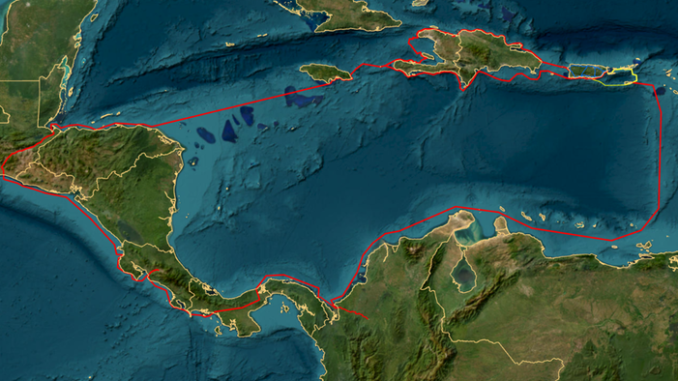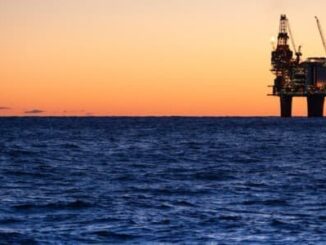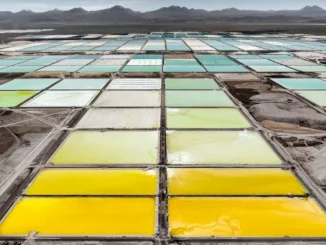
ENB Pub Note: The one world government wants to control food and energy. People must behave according to their standards to survive. They have shown that they do not have humanity’s best interests in their decisions. Any government control of the international grid system must be looked at for what it is.
At a time when it may be slowing in other sectors, globalization is booming in electricity.
Electrons are becoming a global commodity, driven by the need to get renewable energy from the resource locale to the consuming hubs; from the windy to the windless and, especially, from the sun-drenched to the sun-deprived.
At the heart of the new energy paradigm is undersea cable technology, which is benefitting from improved laying techniques and a general acceptance of the idea that high-voltage direct current connectors can function safely over very large distances for many decades.
Three huge projects will be taking electricity from the U.S. mainland to Puerto Rico and the Caribbean, and even to South America; from Morocco to Great Britain; and from Australia to Singapore, and later to Indonesia.
Big New Thinking
These projects will involve big investments, big engineering, and big new thinking about where electricity is made from wind and solar to where it is needed.
Not only are coal and, to a lesser extent, natural gas polluting, but shipping them by freighter and tanker around the globe is an additional negative environmental impact.
Renewable electric projects have been assisted by the relative ease of dropping a cable into the sea, and lessons have been learned from connecting offshore wind to shore.
There may be environmental concerns, but they are nothing like the barrage of “noes” which greet new transmission lines on land. For example, it is widely known that optimizing the abundant wind and solar resources in the American West will require new transmissions lines running east. But those lines, running across jurisdictions that will get no immediate benefit from the transmission, will trigger public outcry of “not in my backyard” (NIMBY).
It is worse, by all reports, in the United Kingdom where every inch of new construction is resisted, according to The Economist. The British went one acronym further than the American NIMBY. They created DADA: decide, announce, defend, abandon.
Quietly, the UK has developed an offshore strategy to implement their renewable ambitions. It is placing a great deal of emphasis on the North Sea, creating giant wind farms. But it already uses the longest installed and operating undersea cable, which stretches 450 miles between Northeast England and Southern Norway. It largely carries hydropower from Norway to electricity-starved Britain.
Long though that may be, it is nothing compared to what is coming.



